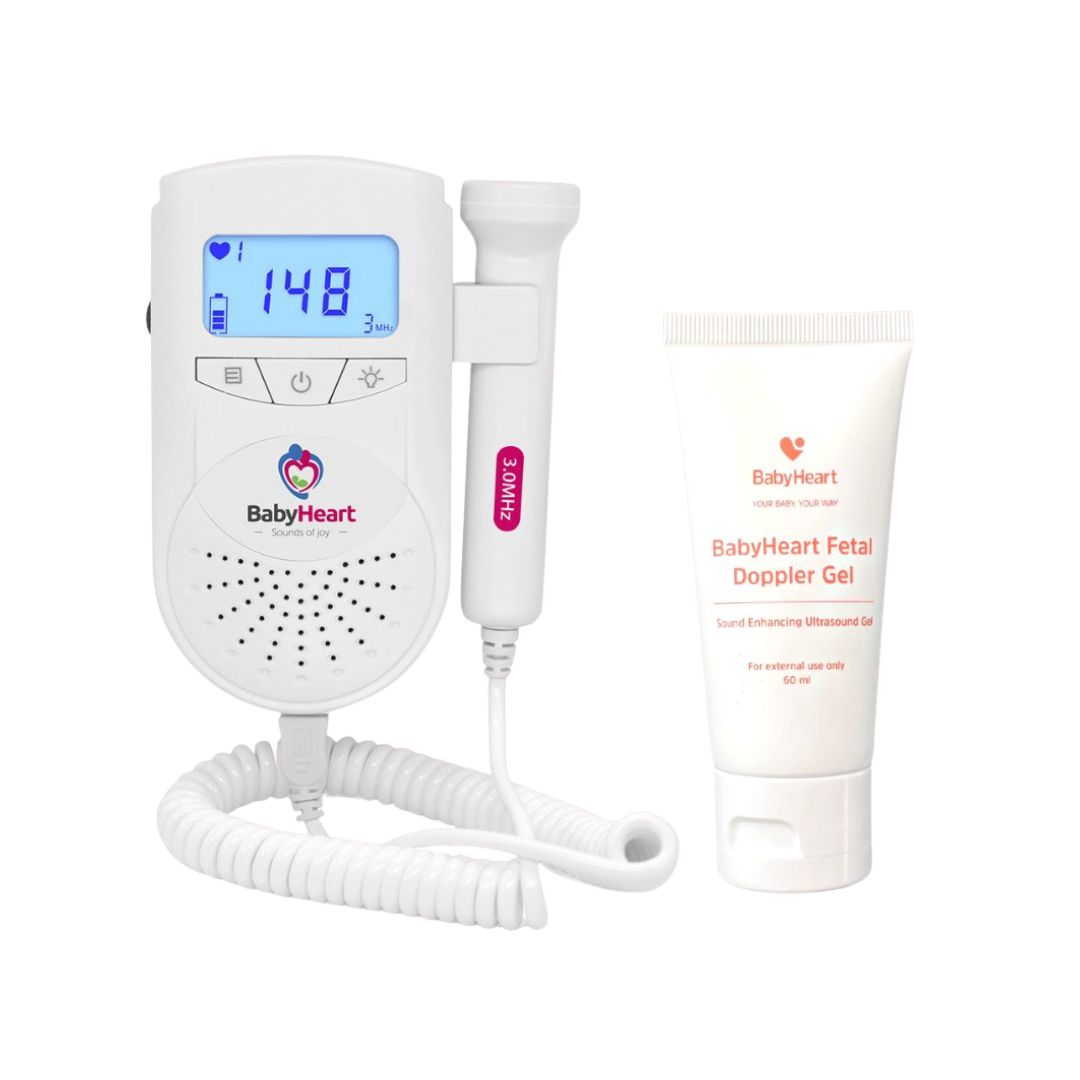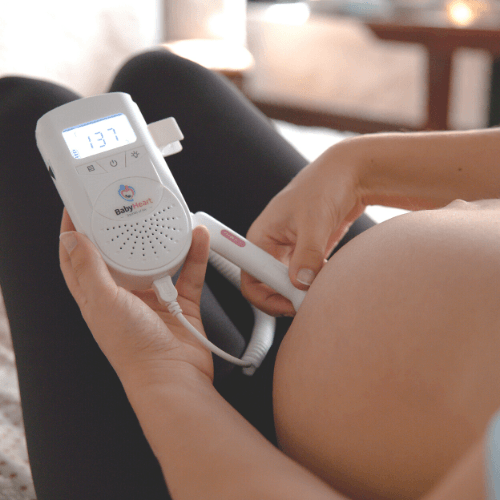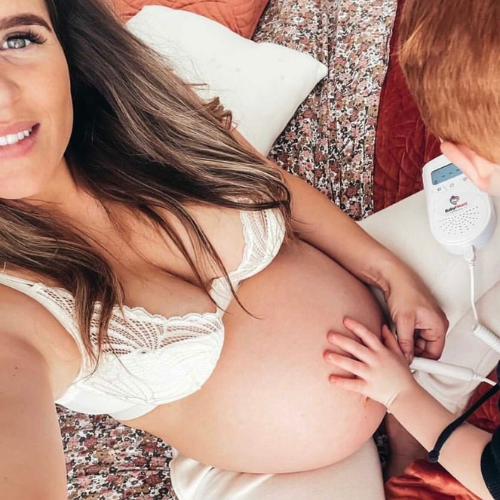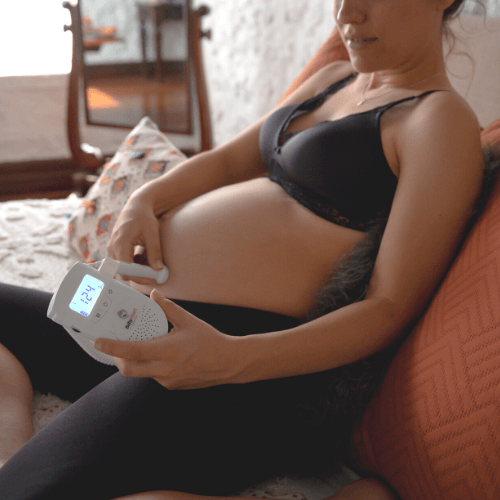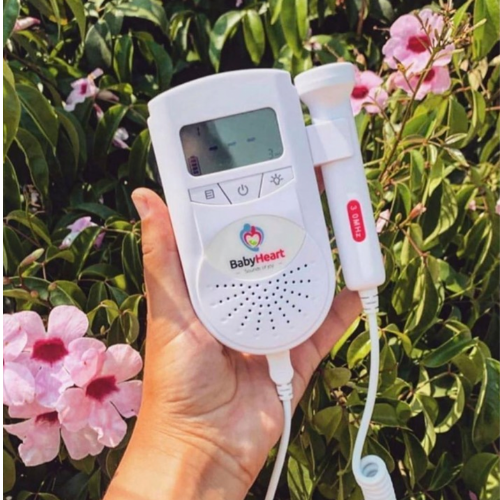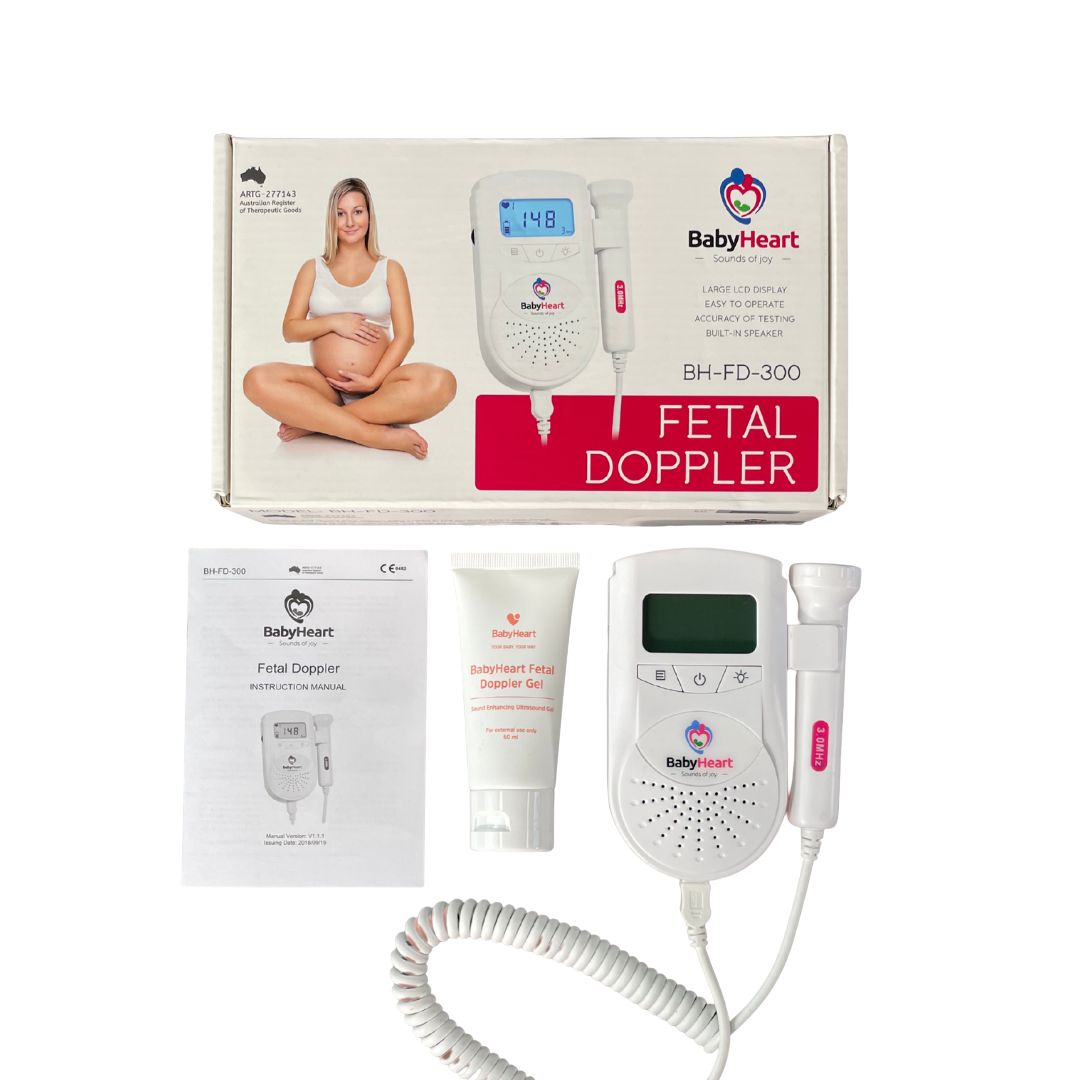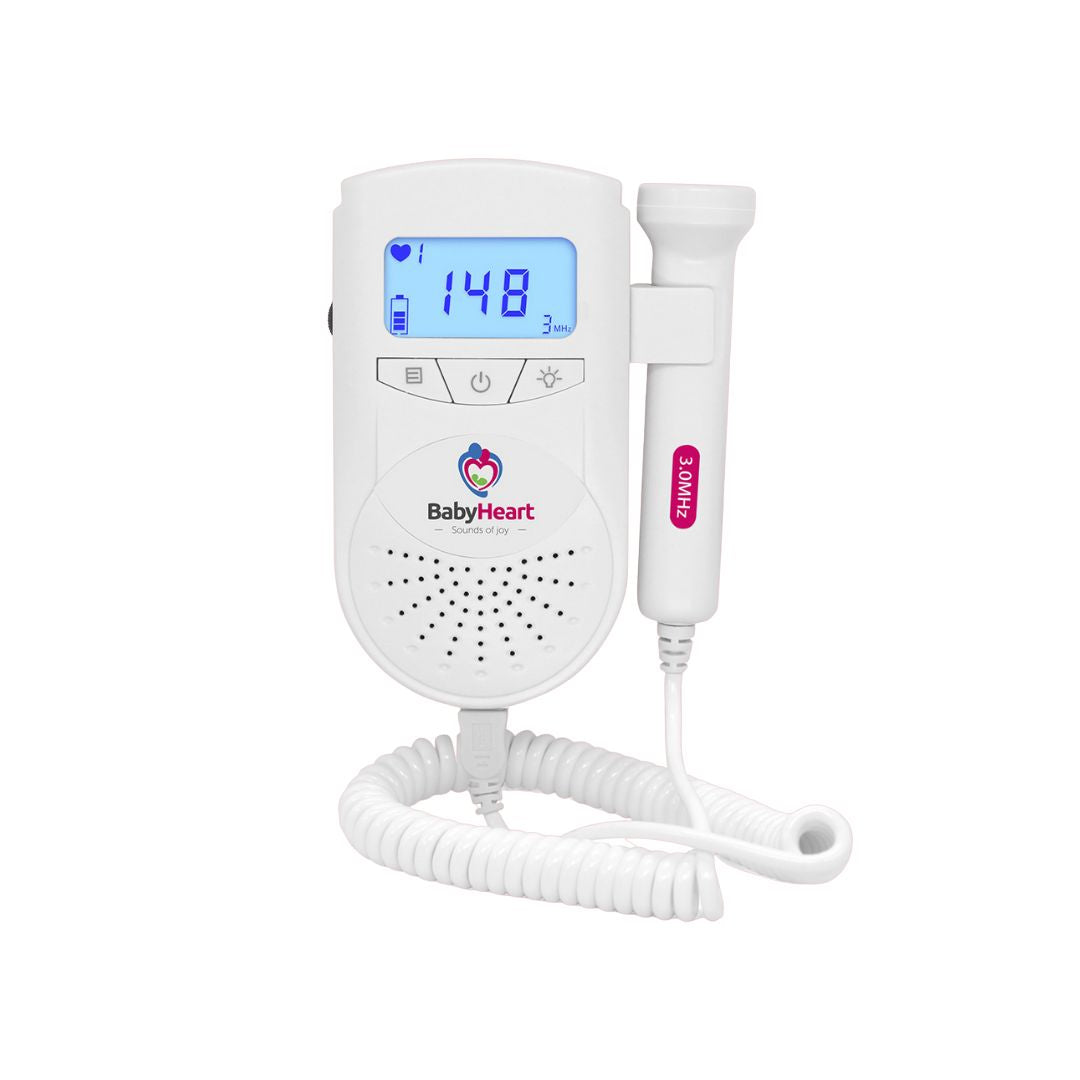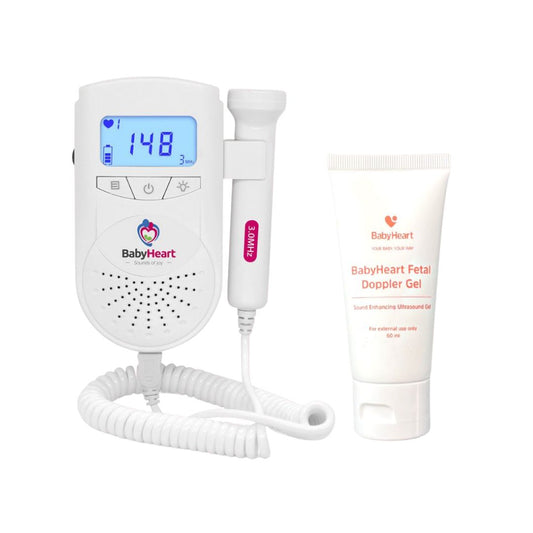
There are many old wives tales about predicting the gender of your baby. From breast size, to the angle of the bump, to the angle of a stopwatch, to body temperature and many more, they vary vastly in validity and truth.
Today we want to talk about the myth that there are boy heartbeats and girl heartbeats, and see if there is any truth to this particular old wives tale.
Is There Such a Thing as a Girl Heartbeat And a Boy Heartbeat?
As the old wives tale goes, a baby’s heart rate can predict their biological gender as early as in the first trimester.
If the heartbeat is over 140bpm, it’s a girl's heartbeat. And if it’s below 140bpm, it's a boy.
There have been multiple studies to debunk this tale, the most referenced study is one completed by the Fetal Diagnosis and Therapy Association. The study found that the average heartbeat for boys in the first trimester was 154.9bpm, and the girl heartbeat was 151.7bpm.
These results, unfortunately, disprove the wives tale. Combined with other mixed reviews from mothers across internet forums, it gives mixed results and is therefore not an accurate way to predict gender.
Let's Address FAQ About a Baby’s Heartbeat
There are a few frequently asked questions about baby heartbeats and what is and isn’t ‘normal’. So let’s answer the most common ones.
Can a baby boy have a heart rate of 160?
A baby boy or girl can have a heart rate of 160bpm, a normal fetal heart rate is anywhere from 120bpm to 160bpm.
Your results can vary with every use of an at-home doppler or scan. It depends on the age of the fetus and its activity level whilst the heart rate is being taken.
Is a fetal heart rate of 170 too high?
The range of what is an acceptable fetal heart rate is large and varies at each stage in the pregnancy.
Instead of listing the acceptable heart rates and gestational periods to match, we recommend contacting your medical professional.
You’ll get clear answers and information that’s tailored to you and your unique pregnancy situation, plus they can answer your questions and concerns immediately.
Is 150 heartbeat a girl or boy?
If you believe the old wives tale that has been debunked, then a 150bpm heartbeat is for a girl.
But we don’t recommend using this myth to accurately discover the biological gender of your baby. There are a few methods listed below that have a much higher accuracy rate.
How to Discover Your Baby’s Gender
Because a girl heartbeat and a boy heartbeat are so similar, here are other ways you can find out the gender of your baby.
Ultrasound Scans
An ultrasound scan is the most common way that a pregnant mum learns their baby’s gender. Usually, an autonomy scan is performed to examine the baby from head to toe and check how it’s functioning, the placenta and the fluid levels.
This is done at around weeks 18 to 20, and you’ll get the option to know the gender and have the images to keep.
Boy and girl genitals start forming at around 6 to 8 weeks, but they look very similar until week 14. By week 18, they are usually more distinct and easily identifiable.
The technician should be able to make an accurate educated predication based on the scan, but if the baby is in a position where it’s hard to tell, you won’t get a definitive answer.
Cell-free DNA Tests
A cell-free DNA test (otherwise referred to as non-invasive prenatal testing) is a form of blood test that is done early in the pregnancy to discover any genetic abnormalities. Amongst the genetic information that the results share, are the chromosomes that indicate the sex of the baby.
This form of testing is usually to identify women who have a higher risk of carrying a fetus that has genetic abnormalities. It gives them genetic information, based on the results, they can decide if further diagnostic testing is necessary.
There are a few different kinds of cell-free DNA tests in Australia, all of which test for varying abnormalities in the chromosomes. These tests can be done if your general practitioner or obstetrician requests.
Genetic Testing
Genetic tests like a chorionic villi sample or amniocentesis are undertaken later in the pregnancy and after the results of a cell-free DNA test.
This kind of test is done based on the results of the DNA test and if they require even further investigation into the genetic make-up of the baby.
A needle is inserted into the abdomen to extract fluid without touching the baby. This fluid is then tested, and it has been likened to the feeling of having a blood test. You are awake for this procedure and the needle is inserted by a doctor who is guided by an ultrasound technician to ensure the baby isn’t harmed.

How You Can Hear Your Baby’s Heartbeat
Gender aside, it’s nice to hear your baby’s heartbeat and connect with them in this way. There are two ways to hear your baby’s heart:
Ultrasound Scans
During an ultrasound scan, you get to hear the baby’s heart with an ultrasound technician standing by and ready to answer your questions.
These scans are great, but most mothers feel like they don’t happen often enough. An at-home doppler is a great way to connect with your baby in between scans and visits.
At-Home Fetal Doppler
An at-home fetal doppler is a great way to hear your baby’s heart beating.
Whether it’s a girl heartbeat or a boy heartbeat, you get to connect with your little from the comfort of your own home.
The beauty of using a doppler at home is that you are relaxed and can use it around loved ones to create special memories together. Shop our range of fetal dopplers, we have one to suit every size and budget.
Key Takeaway
The old wives tale that a girl heartbeat is faster than a boy heartbeat isn’t true. There are multiple studies that have shown that boys and girls have no difference in heart rates.
The best way to learn the biological gender of your baby is to have a medical professional, such as a general practitioner or an obstetrician, make an educated prediction.
Gender can be known at around the 18-week mark. If the baby is in an awkward or tricky position, it can be impossible to make an educated guess until they move. Old wives tales are not an accurate way to learn the sex of your baby, but we know how fun they can be to test out.
Gender aside, if you want to connect with your baby by listening to their heartbeat, an ultrasound scan or an at-home fetal doppler is the best way.
Shop our range of at-home fetal dopplers. We pride ourselves on offering a range of fetal dopplers that are high in quality and easy to use.
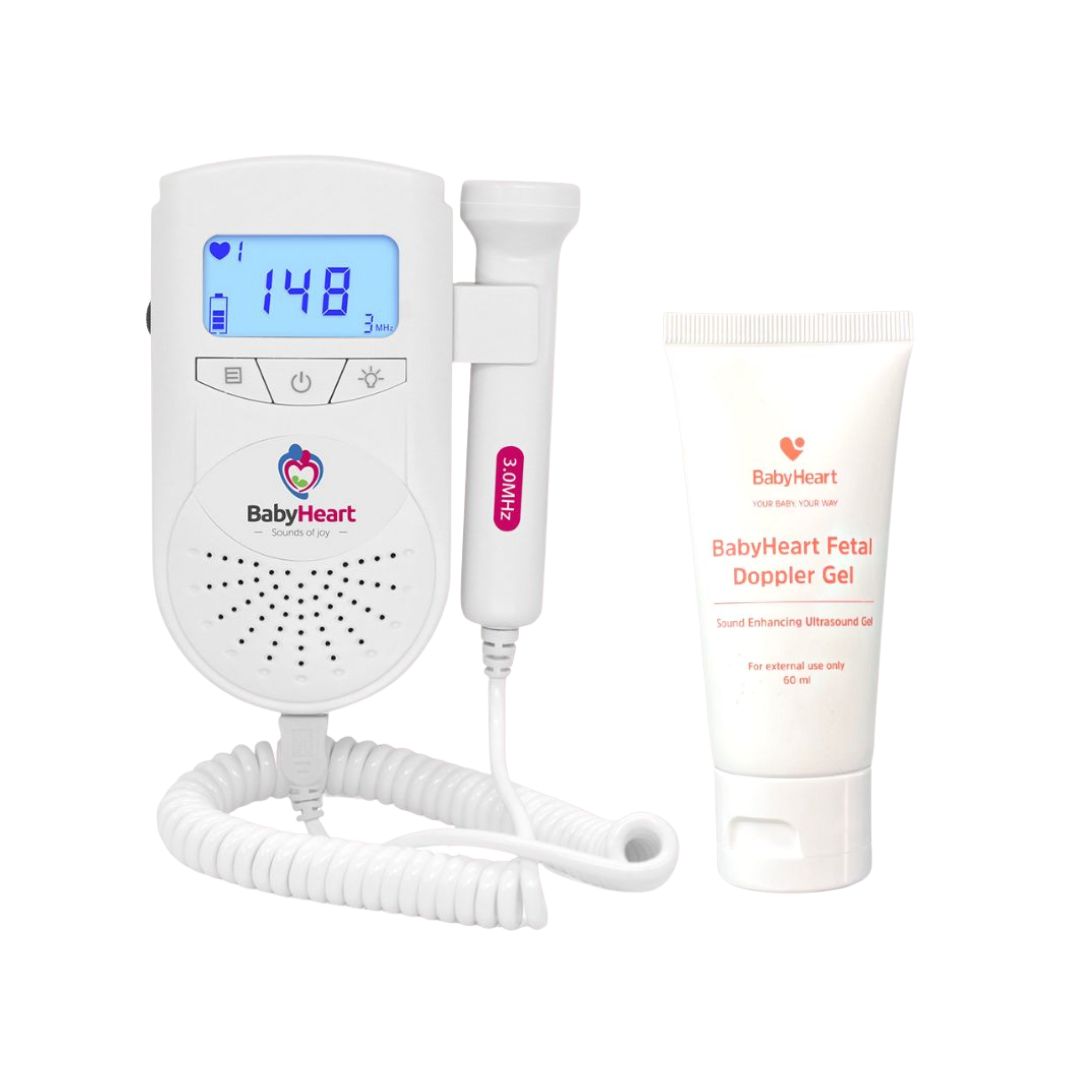
 Order today and receive a complimentary, large 250mL Gel valued at $19.99!
Order today and receive a complimentary, large 250mL Gel valued at $19.99!